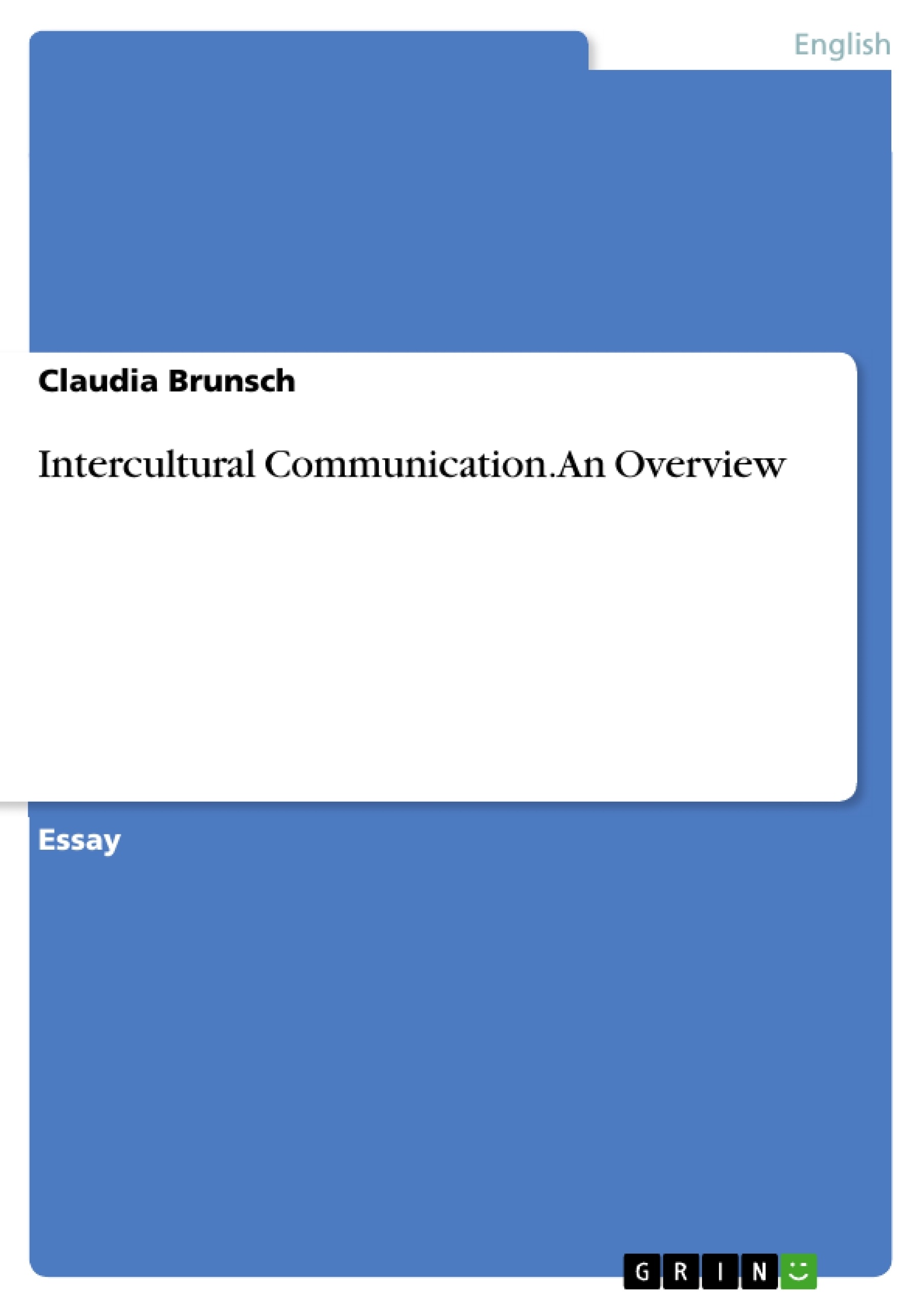Abstract or Introduction
Therefore, intercultural communication competence has become a theme which concerns everybody and which will even become more and more important in our world of globalization.
In order to avoid misunderstandings or even hostile attitudes ending up in conflicts, in order to live peacefully in the “global village” and be able to solve the growing number of global problems which do not stop at national borders, the ability to understand people from different cultures and to communicate competently with them has taken on an extreme urgency. However, achieving this aim sounds easier than it is. To communicate competently with people from other cultures, it is not enough to speak the same language as they do.
Even though two people speak the same language it is possible that they do not understand each other. This thesis becomes obvious in the following critical incident: A Japanese negotiating with a German business partner says that the deal will be difficult. When the German asks how his company can help to solve the problem, the Japanese is confused. While the Japanese meant that the deal is off, the German thought there were only some obstacles which can be overcome.
This phenomenon can be explained due to the fact that both speakers know the linguistic rules of the language such as grammar and vocabulary, but they are not aware of the cultural norms, attitudes and behavior of their communication partner. They have linguistic competence, but no intercultural communication competence. This lack of intercultural communication competence and the ignorance of cultural differences might cause many misunderstandings.
In order to understand the sources of misunderstandings and to be aware of intercultural communication problems, it is necessary to know and to understand the concept of communication.
Since it is not possible to transmit messages directly from one person’s brain to that of another person, we have to put our ideas into codes that can be transmitted. Consequently, communication can be described as an exchange of messages between a sender and a receiver. In this process the sender encodes the message, which means that he produces a set of symbols and the receiver has to decode the message, which means that he tries to understand the meaning of the symbols by interpreting or making sense of them.
- Quote paper
- Claudia Brunsch (Author), 2006, Intercultural Communication. An Overview, Munich, GRIN Verlag, https://www.grin.com/document/70725
Publish now - it's free






















Comments